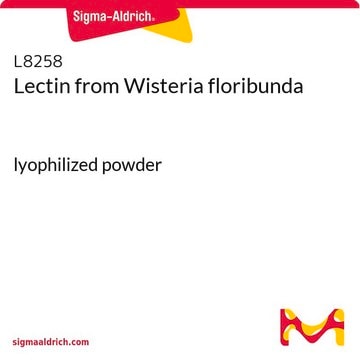P0115
PAC-1
≥98% (HPLC)
Synonim(y):
(4-Benzylpiperazino)acetic acid (3-allyl-2-hyroxybenzylidene)hydrazide, 1-Piperazineacetic acid, 2-(phenylmethyl)-,[[2-hydroxy-3-(2-propenyl)phenyl]methylene]hyrrazide
About This Item
Polecane produkty
Próba
≥98% (HPLC)
Postać
solid
kolor
white
rozpuszczalność
DMSO: ≥10 mg/mL
deionized water: ≤2 mg/mL
temp. przechowywania
room temp
ciąg SMILES
Oc1c(CC=C)cccc1\C=N\NC(=O)CN2CCN(CC2)Cc3ccccc3
InChI
1S/C23H28N4O2/c1-2-7-20-10-6-11-21(23(20)29)16-24-25-22(28)18-27-14-12-26(13-15-27)17-19-8-4-3-5-9-19/h2-6,8-11,16,29H,1,7,12-15,17-18H2,(H,25,28)/b24-16+
Klucz InChI
YQNRVGJCPCNMKT-LFVJCYFKSA-N
Opis ogólny
Działania biochem./fizjol.
Cechy i korzyści
Kod klasy składowania
11 - Combustible Solids
Klasa zagrożenia wodnego (WGK)
WGK 3
Środki ochrony indywidualnej
dust mask type N95 (US), Eyeshields, Gloves
Certyfikaty analizy (CoA)
Poszukaj Certyfikaty analizy (CoA), wpisując numer partii/serii produktów. Numery serii i partii można znaleźć na etykiecie produktu po słowach „seria” lub „partia”.
Masz już ten produkt?
Dokumenty związane z niedawno zakupionymi produktami zostały zamieszczone w Bibliotece dokumentów.
Klienci oglądali również te produkty
Nasz zespół naukowców ma doświadczenie we wszystkich obszarach badań, w tym w naukach przyrodniczych, materiałoznawstwie, syntezie chemicznej, chromatografii, analityce i wielu innych dziedzinach.
Skontaktuj się z zespołem ds. pomocy technicznej










